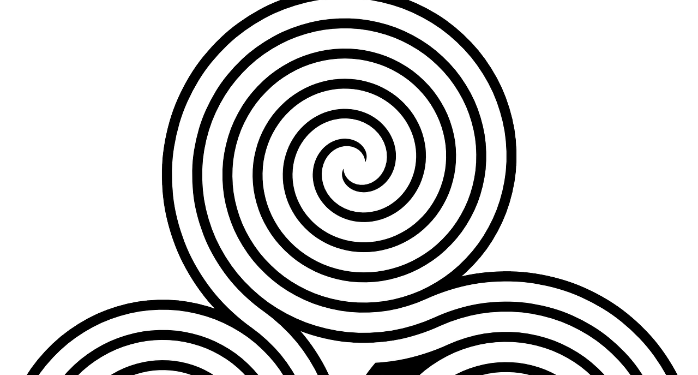Running away, escaping and avoiding are all normal behaviors in an emergency; they are useful for the individuals since they protect their physical safety.
Likewise, psychological avoidance is a natural process of the mind. Anna Freud says that “the mechanism of avoidance is so primitive and natural and, moreover, so inseparably associated with the normal development of the ego …”.
Avoidance is a defensive strategy that allows people to take distance from what produces anxiety. The function of avoidance, as of any defensive mechanisms, is to protect and therefore it can be either healthy or pathological depending on its intensity, flexibility or the moment it gets activated.
Interesting transcultural research shows that engaging in avoidant physical actions, superstitious or not, has the psychological effect of reducing the perception of harm deriving from bad luck. Such rituals may calm our mind because the avoidant action they express may produce those feelings, thoughts and sensations experienced when avoiding something unpleasant.
As physical avoidance can help to influence our state of mind, the same is true for the psychological avoidance, through mechanisms such as rationalisation or removal.
Avoidance may reduce the psychophysical symptoms produced by anxiety and fear; on the other hand it may trigger a dangerous vicious circle where avoidance reinforces negative emotions.
Furthermore, problems may arise when those mechanisms become a tendency and later on a compulsive habit; when the avoidance is rehearsed almost automatically to escape all of those situations where anxiety and fear are high. This is what happens when we negatively anticipate a future event and it may trigger a panic disorder or agoraphobia.
Most anxiety disorders persist through time because avoidance is used to shy away from stressful and fearful situations.
When people experience panic attacks and avoid confronting the roots of the problem, they may live with the constant fear that this could happen again: as a result they avoid to be put in situations that may trigger other attacks.
Other examples are people suffering from generalised anxiety, as they tend to avoid places and situations that they feel to be risky, or people suffering a specific phobia, as they tend to avoid contact with the object of their fear.
In this instance, avoidance creates a vortex that increases the pessimism of people about their ability to fight anxiety and fear also affecting their social, working and affective abilities.
Avoidance without control can be a limit for our freedom, a lessening of our life experience.
Taking this into consideration, therapy with people suffering from anxiety should focus on increasing people’s awareness as well as on the full and deep contact with the experience and the expression of their emotions. Through this path clients are enabled to close the dangerous unfinished business produced through avoidance and to carry on with their lives without any holdbacks.
To conclude, we can afford to avoid small daily anxious situations, but when we have a psychological problem we need to face it. Like in the physical world we need to step-out of the way of unexpected car, though we need to learn not to cross the road without looking.






